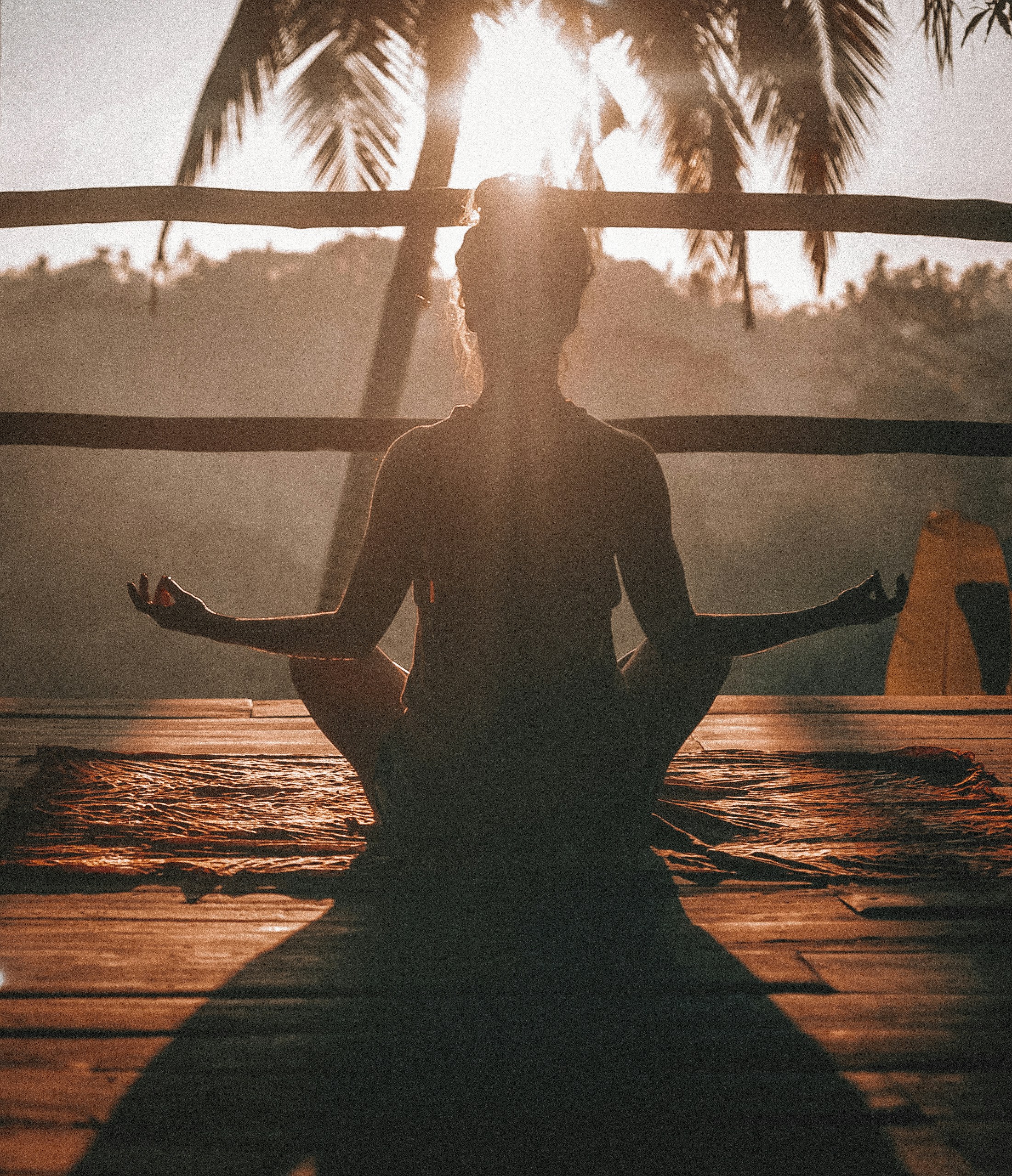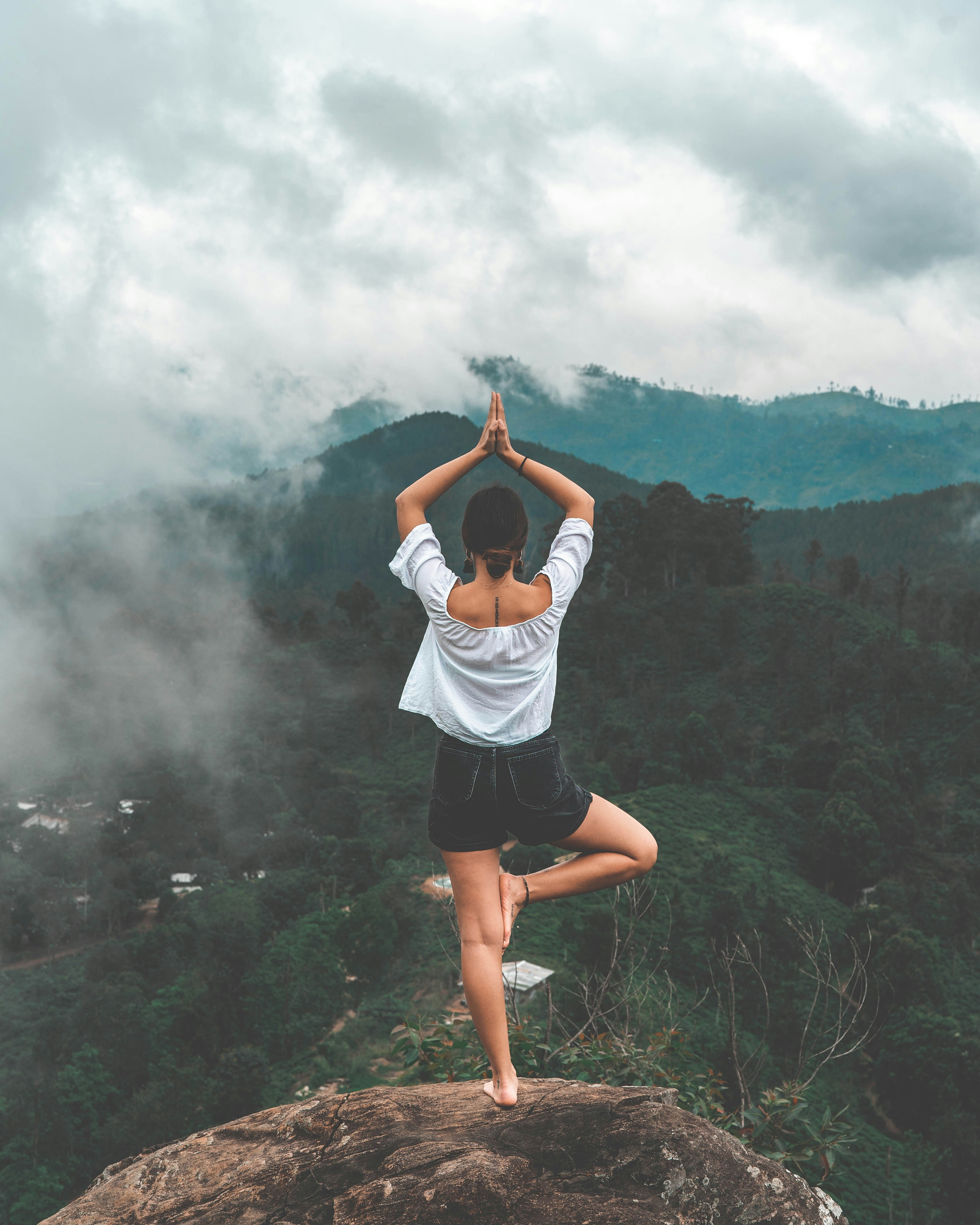Practicing Mindfulness and Meditation: Your Complete Guide to Inner Peace

In our increasingly chaotic world filled with constant notifications, endless to-do lists, and overwhelming pressures, practicing mindfulness and meditation has emerged as a vital tool for maintaining mental clarity and emotional balance. These ancient practices offer modern solutions to contemporary challenges, helping millions of people worldwide find peace, focus, and resilience in their daily lives.
Whether you're struggling with stress, seeking better concentration, or simply looking to enhance your overall well-being, mindfulness and meditation provide accessible pathways to transformation. This comprehensive guide will explore everything you need to know about these powerful practices and how to integrate them seamlessly into your life.
Understanding Mindfulness: The Art of Present-Moment Awareness
Mindfulness is the practice of deliberately focusing your attention on the present moment while calmly acknowledging and accepting your feelings, thoughts, and bodily sensations. Unlike meditation, which is typically a dedicated practice session, mindfulness can be incorporated into virtually any activity throughout your day.
The concept originated from Buddhist traditions but has been adapted into secular practices that anyone can benefit from, regardless of their religious or spiritual beliefs. Jon Kabat-Zinn, who pioneered Mindfulness-Based Stress Reduction (MBSR) in the 1970s, defined mindfulness as "paying attention in a particular way: on purpose, in the present moment, and non-judgmentally."
Key Components of Mindfulness Practice
- Present-moment awareness: Focusing entirely on what's happening right now rather than dwelling on the past or worrying about the future
- Non-judgmental observation: Noticing your thoughts and feelings without labeling them as good or bad
- Acceptance: Acknowledging reality as it is rather than how you wish it would be
- Compassion: Treating yourself and others with kindness and understanding
- Letting go: Releasing attachment to thoughts, emotions, and outcomes
What Is Meditation and How Does It Work?
Meditation is a formal practice that trains your mind to achieve a state of focused attention, emotional calm, and mental clarity. While mindfulness is a quality you can bring to any moment, meditation typically involves setting aside dedicated time to sit quietly and engage in specific mental exercises.
Scientific research has revealed that regular meditation practice actually changes the structure and function of your brain. Studies using brain imaging technology have shown increased gray matter density in regions associated with learning, memory, emotional regulation, and perspective-taking among regular meditators.

Popular Meditation Techniques
- Breath Awareness Meditation: Focusing your attention on the natural rhythm of your breathing
- Body Scan Meditation: Systematically bringing awareness to different parts of your body
- Loving-Kindness Meditation (Metta): Cultivating feelings of compassion and goodwill toward yourself and others
- Transcendental Meditation: Silently repeating a personal mantra to settle the mind
- Guided Visualization: Following verbal instructions to imagine calming scenes or scenarios
- Mindfulness Meditation: Observing thoughts and sensations without attachment or judgment
Science-Backed Benefits of Practicing Mindfulness and Meditation
Over the past few decades, thousands of scientific studies have documented the remarkable benefits of practicing mindfulness and meditation. These practices impact virtually every aspect of health and well-being:
Mental Health Benefits
- Reduced anxiety and depression: Regular practice decreases symptoms and prevents relapse
- Enhanced emotional regulation: Better ability to manage difficult feelings and respond thoughtfully rather than react impulsively
- Decreased rumination: Less tendency to get stuck in negative thought patterns
- Improved self-awareness: Greater understanding of your thoughts, emotions, and behavioral patterns
- Increased resilience: Enhanced ability to bounce back from challenges and setbacks
Cognitive Benefits
- Sharper focus and concentration: Improved ability to sustain attention on tasks
- Enhanced working memory: Better retention and manipulation of information
- Increased creativity: Greater capacity for innovative thinking and problem-solving
- Improved decision-making: More clarity when evaluating options and making choices
Physical Health Benefits
- Lower blood pressure: Reduced cardiovascular strain and heart disease risk
- Improved immune function: Enhanced ability to fight off illness
- Better sleep quality: Easier time falling asleep and staying asleep
- Pain management: Reduced perception of chronic pain
- Decreased inflammation: Lower levels of inflammatory markers in the body
How to Start Practicing Mindfulness and Meditation: A Beginner's Roadmap
Starting a mindfulness or meditation practice doesn't require special equipment, expensive classes, or hours of free time. The key is to begin simply and build gradually. Here's how to get started:
Step 1: Create Your Practice Space
Choose a quiet, comfortable location where you won't be interrupted. This doesn't need to be a dedicated meditation room—a corner of your bedroom or even a comfortable chair works perfectly. The important thing is consistency; using the same space helps signal to your brain that it's time to practice.
Step 2: Start Small
Begin with just five minutes per day. This might seem insignificant, but consistency matters far more than duration. Once five minutes becomes comfortable, gradually increase to ten, then fifteen minutes. Many experienced practitioners find that 20-30 minutes daily provides optimal benefits.
Step 3: Choose a Technique
For beginners, breath awareness meditation is ideal. Here's a simple approach:
- Sit comfortably with your back straight but not rigid
- Close your eyes or maintain a soft downward gaze
- Bring your attention to your breath—notice the sensation of air entering and leaving your nostrils
- When your mind wanders (and it will), gently return your focus to your breath without self-criticism
- Continue for your chosen duration
Step 4: Establish a Routine
Practice at the same time each day to build a sustainable habit. Many people find morning meditation sets a positive tone for the day, while others prefer evening practice to decompress. Experiment to discover what works best for your schedule and preferences.

Integrating Mindfulness into Everyday Activities
While formal meditation sessions are valuable, you can also cultivate mindfulness throughout your daily routine. These informal practices help you stay present and grounded:
Mindful Eating
Transform meals into meditation by eating slowly and engaging all your senses. Notice colors, textures, aromas, and flavors. Chew thoroughly and put down your utensils between bites. This practice not only enhances enjoyment but also improves digestion and prevents overeating.
Mindful Walking
Turn your daily walk into a moving meditation. Feel your feet making contact with the ground, notice the rhythm of your steps, observe your surroundings without getting lost in thought. This practice is especially helpful for people who find sitting meditation challenging.
Mindful Listening
When someone speaks to you, give them your complete attention. Notice the tendency to formulate responses while they're still talking, and instead focus entirely on understanding their message. This practice dramatically improves communication and relationships.
Mindful Working
Bring single-pointed focus to your tasks rather than multitasking. Take brief mindful breathing breaks throughout your day. Notice when stress arises and respond with conscious breathing rather than automatic tension.
Overcoming Common Challenges in Practice
Every meditator encounters obstacles. Understanding these challenges helps you navigate them successfully:
The Wandering Mind
Challenge: Your thoughts constantly drift away from your meditation object.
Solution: This is completely normal and actually the essence of practice. Each time you notice your mind wandering and bring it back, you're strengthening your attention "muscle." Be patient and gentle with yourself.
Physical Discomfort
Challenge: Your body feels restless, achy, or uncomfortable during practice.
Solution: Experiment with different postures—sitting in a chair, using cushions, or even lying down. Ensure your position is stable yet relaxed. Brief stretching before meditation can also help.
Lack of Time
Challenge: Your schedule feels too packed for regular practice.
Solution: Remember that even one minute of conscious breathing counts. Consider waking up five minutes earlier, or practice during activities you already do (like showering or commuting).
Expecting Immediate Results
Challenge: You feel frustrated that you haven't achieved instant calm or enlightenment.
Solution: Meditation is a gradual process. Benefits accumulate over time. Focus on the practice itself rather than outcomes, and trust that positive changes are occurring beneath the surface.
Resources to Deepen Your Practice
As you develop your practice, these resources can provide additional support and guidance:
- Meditation apps: Headspace, Calm, Insight Timer, and Ten Percent Happier offer guided sessions and tracking
- Online courses: Many teachers offer free or affordable courses on mindfulness and meditation
- Local groups: Meditation centers and community groups provide in-person support and instruction
- Books: Classic texts and modern guides deepen understanding of these practices
For more wellness content, explore our related articles on mental health strategies, stress management techniques, and creating a balanced lifestyle.
Conclusion: Your Journey Begins Now
Practicing mindfulness and meditation offers transformative benefits that extend into every area of your life. From reduced stress and enhanced focus to improved relationships and greater life satisfaction, these ancient practices provide modern solutions to contemporary challenges.
The journey doesn't require perfection—only willingness and consistency. Start today with just five minutes of conscious breathing. Notice what happens when you bring full awareness to a single meal. Observe your thoughts without judgment during a quiet moment. These small steps create profound change over time.
Remember, every expert practitioner was once a beginner who simply chose to start. Your practice is uniquely yours, and there's no wrong way to cultivate present-moment awareness. Be patient with yourself, celebrate small victories, and trust that each moment of mindfulness plants seeds of lasting transformation.
The present moment is the only time we truly have. Through practicing mindfulness and meditation, you learn to inhabit it fully, discovering peace, clarity, and joy that were always available within you.







No comments:
Post a Comment